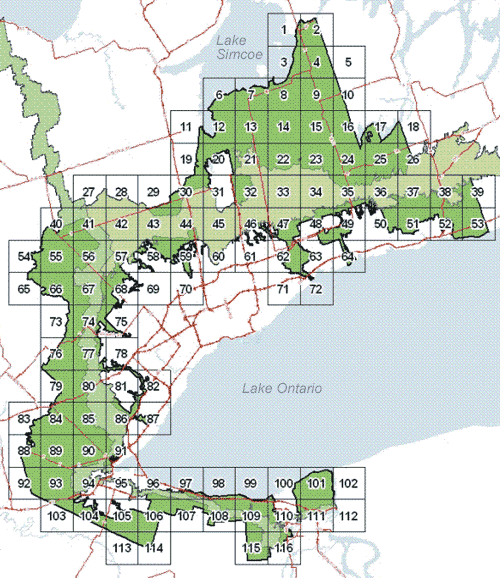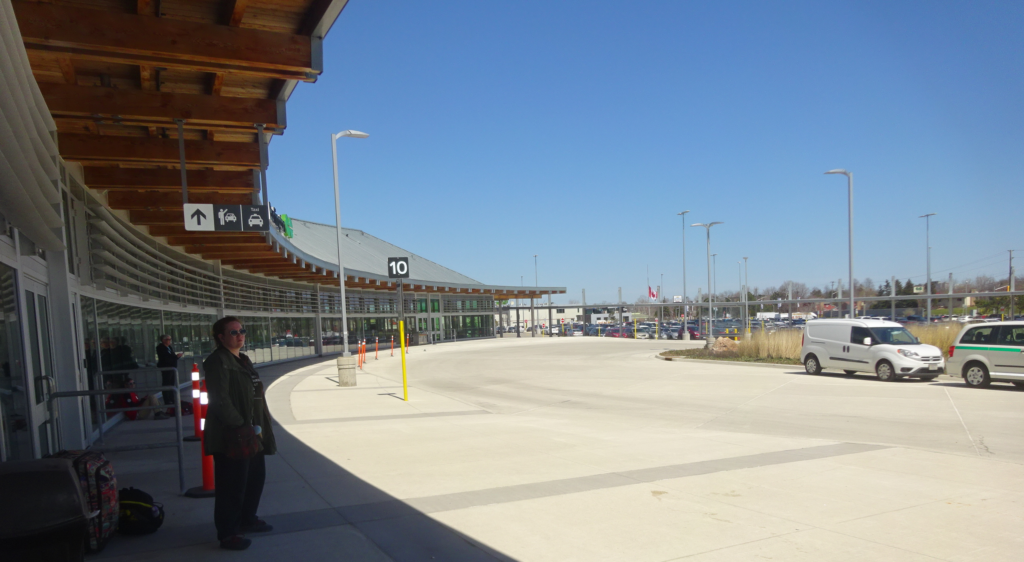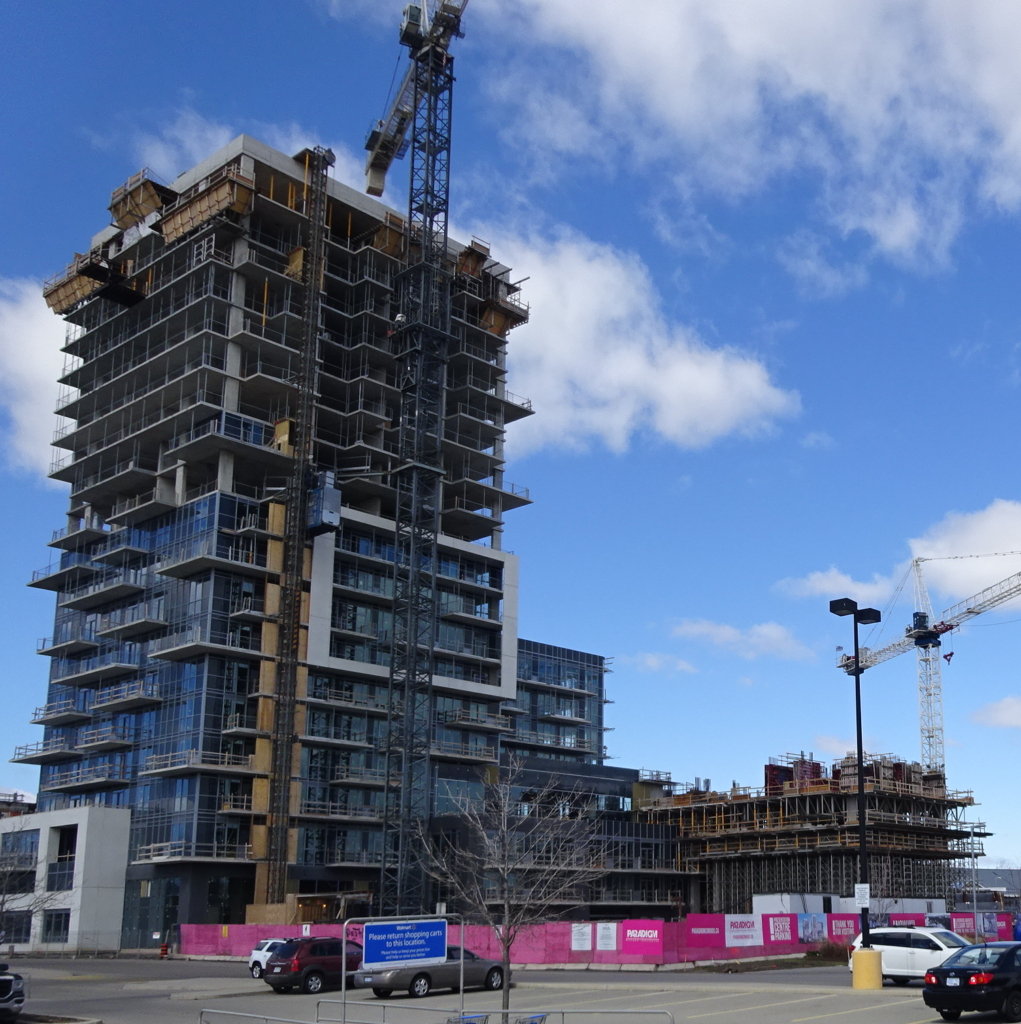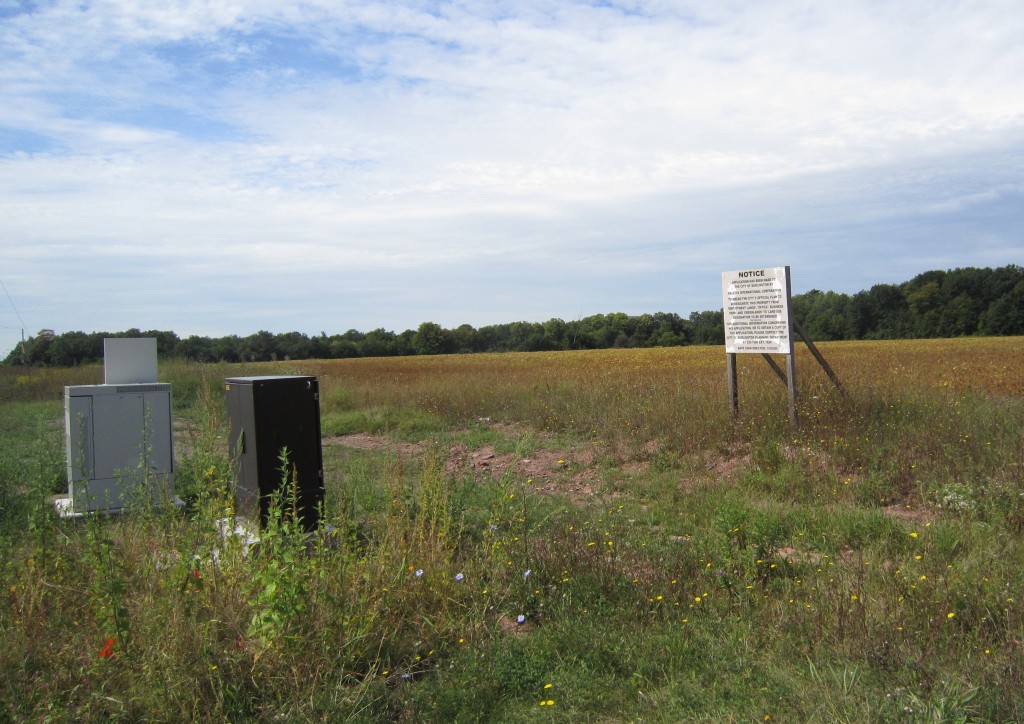 By Pepper Parr
By Pepper Parr
January 24th, 2019
BURLINGTON, ON
It was an issue that sort of crept up on the public.
Someone caught Premier Doug Ford telling a group of developers that he was prepared to open up some of the Greenbelt so that developers could build much needed affordable housing.
It was music to the ears of the developers who would take advantage of the opportunity to build high end homes in a rural setting – there wasn’t a hope of there ever being any affordable housing in these prime building sites.
The Premier’s comments about affordable housing were a laughable ruse to a public that is a little less gullible than it was the day they elected him seven months ago..
The municipalities pushed back hard and have been able to convince the provincial government to take out a section of proposed legislation off the table.
The province announced earlier this week that it would pull the controversial Section 10 of the Proposed Bull 66 that is now before the Legislature.

The Greenbelt created in 2005 – eye candy for the developers, lifeline for the taxpayers.
It was not a simple task, Burlington, along with a number of other municipalities that touched on or were part of the Greenbelt created in 2005.
Burlington submitted comments as part of a response to the legislation tabled on December 6, 2018, by the Provincial Government, referred to as Bill 66, Restoring Ontario’s Competitiveness Act, 2018.
If passed, the legislation would have allowed municipalities to, with the Minister’s consent, pass “Open for Business’” zoning bylaws. These bylaws would not be bound by existing legislation, such as the Clean Water Act, 2006 or the Greenbelt Act, 2005.
For a city such as Burlington, where half our land is rural and located within the Greenbelt, the tools proposed in this legislation were of great concern and do not address the barriers the City is facing regarding economic development.

All smiles when Mayor Meed Ward met with the Premier while he was on a hospital tour – no word on whether or not she advised the Premier to keep his hands of the Escarpment.
Burlington is already “open for business” with over 400 acres of employment land sitting vacant and available.
Mayor Marianne Meed Ward said: “Residents have overwhelmingly expressed support to protect our Greenbelt and public safety in the Clean Water Act. We will do that. We have sent a clear message to the province; I have written to Steve Clark, the Minister of Municipal Affairs and Housing, and Halton Regional Council already unanimously approved a resolution confirming that we won’t compromise public safety or our Greenbelt to be open for business. We have a large supply of suitable land available and are ready to work with businesses.”
Burlington made its comments for submission to the Province regarding Bill 66 available to the public on January 18th.
The resolution approved at Halton Regional Council on the legislation was included in the Regional Council meeting minutes from January 16, 2019.
In promoting the legislation to the municipal sector Steve Clark, Minister of Municipal Affairs and Housing said: “Our government is committed to making it faster and easier for municipalities in the region to plan for growth, increase housing supply, attract investment, and create and protect jobs. That is why we are proposing changes to the Growth Plan for the Greater Golden Horseshoe, 2017 and its transition regulation.
“Given the rising number of people who will live and work in the Greater Golden Horseshoe in the next 20 years, the Growth Plan provides a long-term framework for growth. It aims to:
• Increase and promote economic growth, reduce congestion and provide residents easy access to businesses and services
• Build communities that maximize infrastructure investments, while balancing local needs for the agricultural industry and natural areas

Does this look like a site for affordable housing?
The Minister added: “We have heard that planning for growth in the Greater Golden Horseshoe Region is needed. However, we have also heard that there are some issues with how best to implement the Growth Plan. The proposed changes build on feedback that the Ministry of Municipal Affairs and Housing heard from the business, research and development sectors, municipalities, and others during engagement sessions last fall.
The proposed changes respect the ability of local governments to make decisions about how they grow. The province will maintain protections for the Greenbelt, agricultural lands, the agri-food sector, and natural heritage systems.
Helen Walihura, Government Relations Specialist and part of what city hall staff call the Burlington Leadership Team, wrote much of the document Burlington submitted. It is quite detailed and is a recognition of the fact that the province is always looking for ways to make changes to MORE HERE

Burlington managed to beat back the attempt to have a highway run through Kilbride and Lowville.
It was the highway that the Ministry of Transportation wanted to push through Kilbride and Lowville and have it join up with highway 407.
City of Burlington Comments on Bill 66, Restoring Ontario’s Competitiveness Act, 2018
On Dec. 6, 2018, the Provincial government introduced Bill 66, the Restoring Ontario’s Competitiveness Act, 2018. This omnibus bill is meant to “eliminate red tape and burdensome regulations so businesses, can grow, create and protect good jobs.” The proposed legislation includes 32 actions across 12 ministries. Of particular interest, is the proposed new Open-for-Business planning tool and the new regulations under the Planning Act related to the tool.
The Ministry of Municipal Affairs and Housing invited comments on the proposed legislation via the Environmental Registry under three separate consultations.
• ERO 013-4125 – Proposed open-for-business planning tool
• ERO 013-4239- New regulation under the Planning Act for open-for-business planning tool
• ERO 013-4293 – Bill 66, Restoring Ontario’s Competitiveness Act, 2018.
Comments for all three consultations were required by January 20th, 2019.
City of Burlington staff reviewed the proposed legislation and submitted the following comments to the Province.
Proposed open-for-business planning tool (EBR Posting 013-4125)
City of Burlington staff does not support the creation of an open-for-business planning tool as proposed, for the following reasons:
a. The tool undermines the city’s goals to achieve coordinated and sustainable planning, as delivered through the application of the Provincial Policy Statement, Growth Plan, and Greenbelt Plan. Allowing major employment uses in areas not intended for such uses will fragment Agricultural Systems and Natural Heritage Systems and could lead to a creep of land use pressures to introduce residential, ancillary and other supportive uses to support the major employment use;

The Burlington GO station is steps away from a major five tower development on Fairview that is part of the new mobility hub that covers all of the property on the north side of Fairview east to Guelph – which is where the city wants to see new development take place – affordable housing fits into spaces like this.
b. The tool undermines provincial investments in infrastructure, such as the transit projects identified in the Metrolinx Regional Transportation Plan. The tool could also undermine Regional investments in infrastructure. Major employment uses should be directed to locate within existing urban areas that are supported by transit and other infrastructure investments, such as near Major Transit Station Areas. Locating major employment uses within the Greenbelt Plan area, and other areas not intended for or compatible with such uses will result in the inefficient use of existing infrastructure and contribute further to traffic congestion;
c. Businesses want certainty and clarity regarding land use permissions. The tool introduces uncertainty in the planning framework that could increase land speculation and contribute to affordability challenges;
d. The tool contradicts the climate change goals articulated in the Province’s draft Environmental Plan, by potentially increasing the greenhouse gas emissions associated with sprawl, and the potential for long term increased costs in environmental remediation and the impacts to water resources and drinking water; and

Did Grow Bold mean that we were open to everything? Not with the new council elected last October.
e. The open for business planning tool will create a competition amongst municipalities that rewards those that will accept the weakest planning, environmental and health and safety regulations. The province should ensure that all municipalities are raising the bar to achieve quality and sustainable developments, to ensure health and safety and to reduce long term cost impacts that would result to address environmental issues and to maintain unsustainable investments in infrastructure.
f. Eliminating the requirement for notification and consultation with the community, other agencies or municipalities may speed up the approval process, but will not necessarily result in good decisions or faster completion of a development. Residents want and ought to be involved in planning decisions that will impact the communities they live in. Local planning decisions that will impact the service delivery of others cannot be made in isolation. Not including Halton Region in Burlington planning decisions where new regional services are required will not result in jobs coming to Burlington faster, in fact, bypassing the Region could result in delays and additional costs.
g. Allowing major trip generators (such as employment developments), to by-pass council approved transportation policies and directions will mean that municipalities will be responsible for meeting conditions that developers would usually be responsible for. For example, if a developer asks for relief in the amount of parking which they are required to provide, and this relief is granted through this proposed policy, only to realize once the project is constructed and operating that there are insufficient parking spaces. The overflow parking becomes an issue the municipality must address.
Instead of an Open for Business Bylaw, please consider the following tools:
a. Tools to incent the creation of innovation districts located near Major Transit Station Areas and other areas that are serviced by transit. Innovation Districts are a type of business and or industrial district to attract and promote clusters of private and public-sector firms and organizations engaged in the development of new products, materials, services and knowledge . An Innovation District at its core must be driven by existing assets and an economic development strategy. A Provincial program to support and build upon existing businesses and organizations within a municipality would be a more prudent approach to using existing specialization and resources. Such a program could include support for creation of economic development strategies for local Innovation Districts;

The first of the five tower development is about to be occupied. All the property to the east is part of a new mobility hub that will encourage higher density growth.
b. The tools proposed in the open-for-business planning tool do not address our barriers to economic development. An example of a barrier to the development and redevelopment of employment lands is the timely and coordinated issuance of MTO permits. Approximately 80% of the City’s employment lands are within the MTO development permit area. Addressing this barrier would assist in the timely development of serviced and transit oriented employment lands; and
c. The province should consider the use of the MZO tool as an alternative. This tool already exists at a provincial scale. The Planning Act could be amended to expressly identify the attraction of a major employment and economic growth opportunity as a matter of provincial interest. Consideration of these types of uses should be done at a provincial scale to ensure coordinated planning and use of infrastructure.
The following items require more clarity to understand how the tool will be implemented:
a. What is the evidence/data that demonstrates that these sections of the Planning Act are the barriers to locating major employment uses?
b. Please define major employment and economic growth opportunities.
c. What are the prescribed criteria referenced in Section 34.1(2) of the Planning Act?
d. How does the use of this tool apply to Upper Tier vs. Lower Tier municipalities? Are there criteria for determining what is of Regional interest or local interest?
New Regulation under the Planning Act for open-for-business planning tool (EBR Posting 013-4239)
1. Please see EBR Posting 013-4125 above for additional feedback from the City Burlington.
2. In order to provide all feedback a copy of the regulation should be provided.

Burlington has a lot of land that is “open for business” The location on Mainway next to Burloak is zoned commercial, spitting distance to the QEW, minutes from downtown – owner wants to rezone and make it residential.
3. The regulation notes that evidence is required to demonstrate the minimum job creation threshold . This presents implementation challenges. What evidence is acceptable? How do you ensure the proposed jobs are delivered and remain in place for a significant amount of time? Are there penalties if the proposed jobs do not materialize? Will there be any recognition of the differences or importance of either basic or non-basic industries?
4. The regulation indicates that residential, commercial or retail cannot be the primary use. This language could actually introduce mixed uses, particularly residential which appears to be in conflict with the main objective of the open-for-business tool.
5. Any proposed regulation should be specific to not permit recreation or institution uses.
Burlington, along with the other three municipalities in the Region are going to have to be constantly vigilant and ensure that what makes Burlington unique is left alone.

















